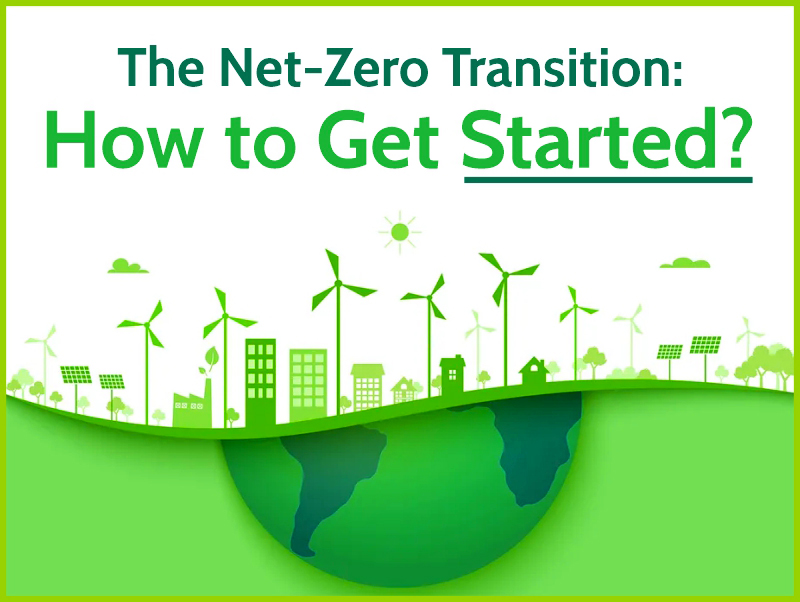
A rapidly growing number of businesses are announcing “net-zero” targets across the globe and it is, indeed, one of the best decisions to make for climate action. What, however, remains unclear is how to achieve this benchmark.
Setting targets is one thing but being able to meet those targets is an altogether different story and corporates seldom have a good track record of achieving even modest environmental goals.
The most critical barrier would be to presume that simply scaling up sustainability practices will lead to the climate goals because it will not!
Appropriate organizational and strategic changes are required that includes developing net-zero business models and making them a significant part of corporate strategy.
Climate Change Target Setting
Climate change mitigation is imperative but, what’s most important is setting a realistic target date to reach net zero. Most businesses fail to meet their climate goals as they pick a date and target out of thin air which has little relation to operational reality and does not chart the course to actually get there.
There are methods in the public domain that are grounded by operational choices and can set you up for success. One such method is provided by Science-Based Targets, which allows you to work out the top-level emissions reductions, set targets and provide a clearly-defined path to reduce emissions.
A company’s target-setting journey starts with a proper carbon footprint assessment, on the basis of the Greenhouse Gas Protocol and ISO 14064-1. If your business is doing this assessment for the first time, we recommend that you get some expert support.
Your carbon footprint is comprised of GHG emissions from your business operations, and is spread over three different categories:
• Scope 1 Emissions: These are the direct GHG emissions produced by operations or activities owned or controlled by your company.
• Scope 2 Emissions: These emissions result from your company’s activities but they occur at sources owned or controlled by the supplier, making them indirect GHG emissions. They encompass all “upstream activities” or GHGs created by energy purchases.
• Scope 3 Emissions: These emissions encompass both “upstream activities” and “downstream activities” along the lifecycle of the goods and services produced by the your company.
Further, there are two types of reductions as explained below:
• Passive Reductions – Carbon footprint reduction without any initiative by a business, such as decarbonization of grid electricity.
• Active Reductions – Carbon footprint reduction due to a direct action by a business, e.g. installing more energy efficient equipment, switching to electric vehicles early, etc.
Ways to Achieve Net-Zero While Remaining Profitable
Here are some practices that make it possible for corporations to transition to net-zero business models profitably:
1. Reduce emissions across the value chain
For the majority of businesses, most emissions lie in ‘scope 3 assets’ which contribute indirectly to the company’s value chain. Some activities that can create Scope 3 Emissions are business travel, customers using the company’s products and third-party shipment of goods. To truly reduce emissions successfully and meet climate goals, companies need to take action on this category of emissions.
2. Tackle the root causes
It’s a good idea to find the root causes of emissions which can be either within your own business or along the value chain. For example: A logistics company can reduce emissions in package delivery through routing optimization and fleet electrification as well as provide better information to the people receiving packages, enabling them to anticipate and redirect a delivery, thereby, reducing the number of delivery attempts.
3. New business models
While innovations are a good way for companies to improve their emissions, it is impossible to achieve net-zero targets by simply adopting new processes. Sincere efforts to achieve climate goals are, therefore, required which primarily includes new business models that generate revenue without increasing new production. Though technological innovations will form the foundation of such business models, fundamental shifts in consumer culture are also important. Companies must emphasize on cultivating net-zero consumers and expanding this consumer base. For example: increasing the longevity of products, making repairable products etc.
4. Don’t defund high-carbon business
Investors are often tempted to rebalance their capital allocation to increase their portfolio of low-carbon activities. However, a more effective approach is to invest in businesses that currently cause high carbon emissions and plan an urgent pathway to reduce emissions. The most-obvious and easiest ways to reduce carbon footprint will never lead to net zero. A net-zero world is only possible if companies take actions to reduce emissions from the entire business system.
On the way to net-zero
No business is expected to reduce all its emissions to zero all at once. What’s important is to set a well-thought target that is underpinned by a robust scenario and chart progress because net-zero cannot be achieved by simply scaling up corporate sustainability initiatives of the past. Companies need to make deep strategic transformations in their business models and value chains otherwise net-zero pledges will remain smokescreens.










